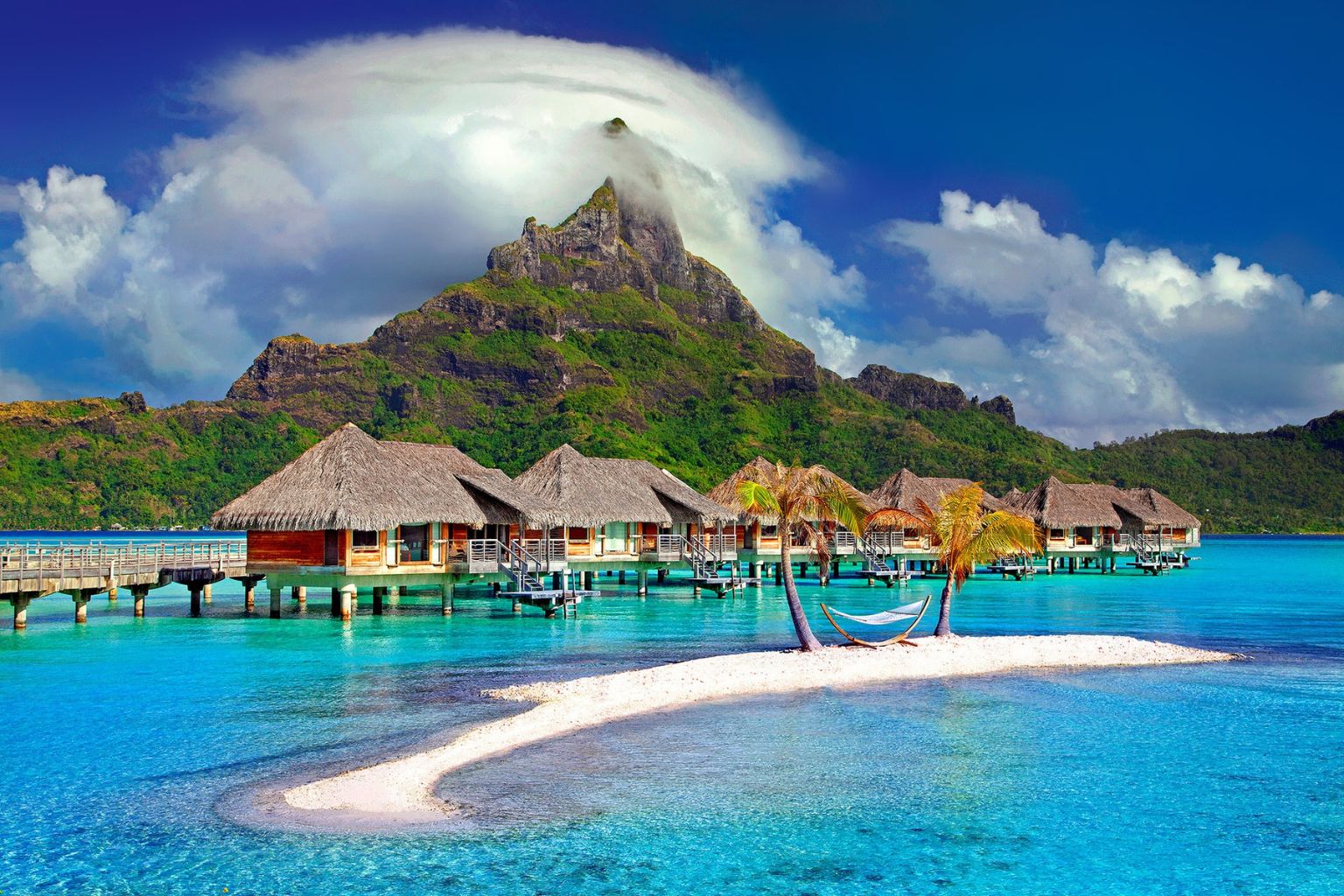Human beings have always been intrigued by islands. They are miniature worlds with their own climate, culture, and geography. When we discuss the largest islands in the world, land is not the only thing we refer to. It tells us about the way ecosystems function, how humankind exists, and how nature demands life.
As of 2025, the world’s biggest islands reveal something about nature, culture, and even the global economy. The largest islands in the world are still Greenland, and the others are renowned for wildlife, resources, or landscapes.
Let’s venture into the top 10 largest islands in the world, what makes them different, and why they matter today.
1. Greenland – The Largest Island in the World 2025
Greenland is the world’s biggest islands, measuring approximately 2.16 million square kilometers. That’s enormous, as big as many nations put together. It’s icy, with just a tiny patch of settled land along its periphery. There are a few, but they’ve adapted to live in the harsh conditions.
Greenland is worth investigating climate change. Greenland island facts reveal that its ice sheets impact global sea levels, and scientists continue to monitor them. Brave travelers visit for glacier walks, aurora borealis, and far-off landscapes. Greenland has minerals required for electronic devices and other purposes, and hence it is strategically important.
Greenland demonstrates how it is possible for an island to be enormous, almost unscathed, and dominate the world. Its enormity reminds us that nature provides boundaries, and humans learn to live with them instead of dominating everything. Greenland is a must-know largest islands on Earth for anyone fascinated by remote natural wonders.
2. New Guinea – Largest Island in Oceania
New Guinea is the second largest islands in the world, approximately 785,000 square kilometers. It is located north of Australia and divided between Papua New Guinea to the east and Indonesia to the west.
This island is renowned for having incredible wildlife. Its rainforests are home to plants and animals that cannot be found anywhere else on this planet. Humans have been living on this island for generations, cultivating the land while preserving traditions.
New Guinea island information emphasizes that its diverse ecosystems make it one of the biggest islands by area and a critical part of global biodiversity.
New Guinea is also an economic contributor through gold and copper mining, and the generation of forest and farm produce. The question arises, therefore, how to economically develop without sacrificing its forests. Three ways in which a large island can sustain people and some of the largest landmasses on Earth are illustrated by New Guinea.
3. Borneo – Great Island of Southeast Asia
Third comes Borneo, approximately 748,000 square kilometers. It’s shared by Malaysia, Indonesia, and Brunei. Its rainforests are renowned and the island is inhabited by orangutans, pygmy elephants, and clouded leopards.
Borneo wildlife and size are fascinating, making it one of the largest islands in the world and a top example of biggest islands by area.
There has been some impact from logging and farming in Borneo, but conservation is on the increase. Eco-tourism is also increasing, with people touring national parks, rivers, and villages. There are also oil and palm plantations that power the economy of Borneo.
Borneo’s history reveals nature versus development. It shows how largest islands on Earth can produce both natural beauty and riches, but planning is essential to maintain both.
4. Madagascar – Africa’s Largest Island
Madagascar is the fourth largest islands in the world, with an area of approximately 587,000 square kilometers. Off the coast of southeast Africa, it is renowned for such distinctive animals as lemurs and chameleons, as well as giant baobab trees. Almost 90% of its animals are endemic, meaning they are found nowhere else.
Madagascar biodiversity makes it one of the biggest islands globally and a key study location for wildlife conservation.
The economy is supported by agriculture, fishing, and trade. Tourism is on the rise due to stunning beaches, rainforests, and diverse local culture. Madagascar shows us that largest landmasses can sustain both diversified wildlife and human populations. Intelligent management enables communities to develop without destroying nature.
5. Baffin Island – Canada’s Arctic Giant
Baffin Island is fifth, stretching approximately 507,000 square kilometers. It is located in the Canadian Nunavut territory and is largely Arctic wilderness. The island is populated by Inuit people, continuing traditional life patterns.
Largest Canadian islands like Baffin illustrate the isolation that preserves ecosystems. Dramatic landscapes feature glaciers, fjords, and mountains. Agriculture is limited by the cold, but hunting, fishing, and limited mining sustain the island’s economy. Scientists use Baffin Island to study the Arctic and climate change.
Baffin Island demonstrates that even the biggest islands in the world can remain untouched, showing the balance between human activity and nature.
Why These Largest Islands Are Important
These five islands are bigger than huge chunks of earth. They demonstrate how nature and humankind interact. Greenland island facts affect global sea levels. New Guinea island information contributes to global biodiversity. Borneo showcases Borneo wildlife and size. Madagascar demonstrates Madagascar biodiversity, and Largest Canadian islands provide insights into Arctic life.
They also play a part in the global economy. Minerals, wood, agriculture, and tourism from these largest islands on Earth reach markets worldwide. Their size commands responsibility. Human beings must manage resources, guard ecosystems, and be considerate of surrounding populations to keep these islands healthy.
Lessons from the Largest Islands
These islands teach lessons in life. Simply being large does not mean one is fully populated. Greenland is larger than many nations, yet holds only around 60,000 inhabitants. Big islands tend to have varying ecosystems. Forests, mountains, and wetlands coexist with humans and wildlife.
Culture is another lesson. Large islands have communities with unique traditions. Observing top biggest islands you should know gives insights for city planning, farming, and resource management.
The Future of Large Islands
Islands are at the center of climate change, tourism, and sustainable development. Rising sea levels threaten coastal communities, particularly in Greenland and Baffin Island. Agriculture and mining must be planned carefully to prevent environmental degradation.
Technology connects these largest islands on Earth to the global world. Improved transport and communication facilitate trade, tourism, and sustainable development. Policies for conservation and sustainability are getting tougher, and local communities cooperate with governments to protect ecosystems.
Conclusion: Understanding the Largest Islands
The top 10 largest islands in the world in 2025 are Greenland, New Guinea, Borneo, Madagascar, and Baffin Island. They illustrate the interconnectivity of land, wildlife, and humans. They influence environment, economy, and culture more than smaller lands.
Understanding their significance inspires a wider vision. These must-know largest islands teach resilience, sustainability, and accountability. They provide lessons in how size entails both possibility and responsibility. By appreciating largest islands in the world, communities can live responsibly and thrive for generations.
Read Also: Easiest Methods to Unhide Secret Apps on iPhone Without Losing Information











